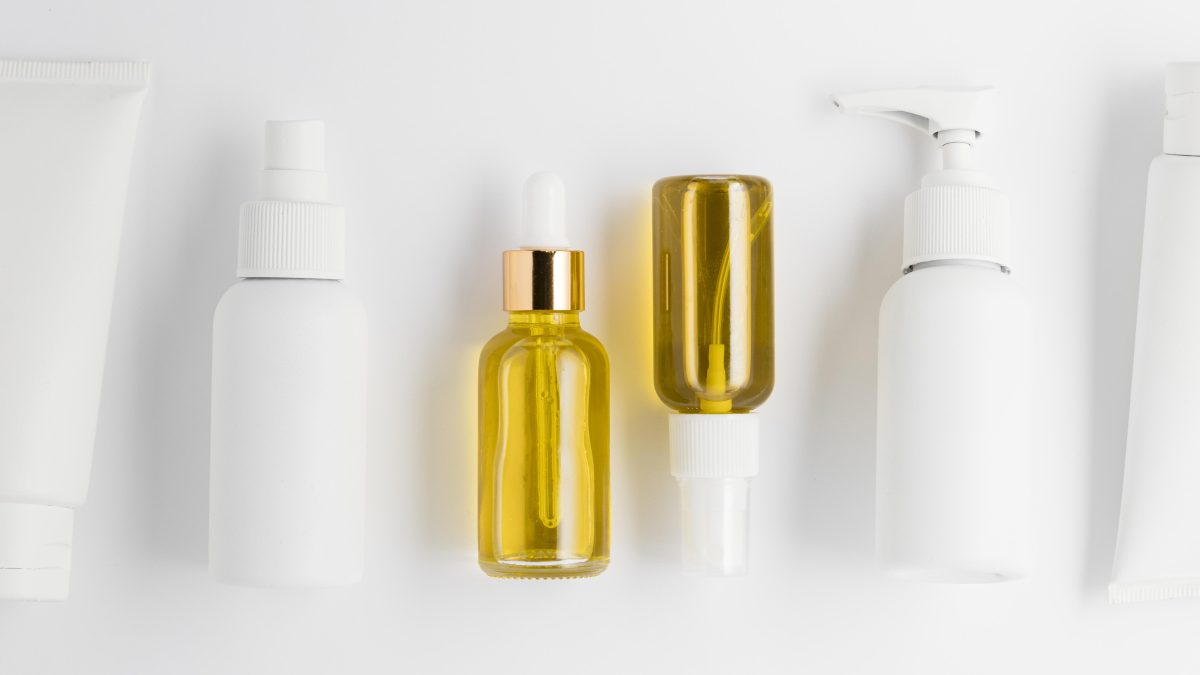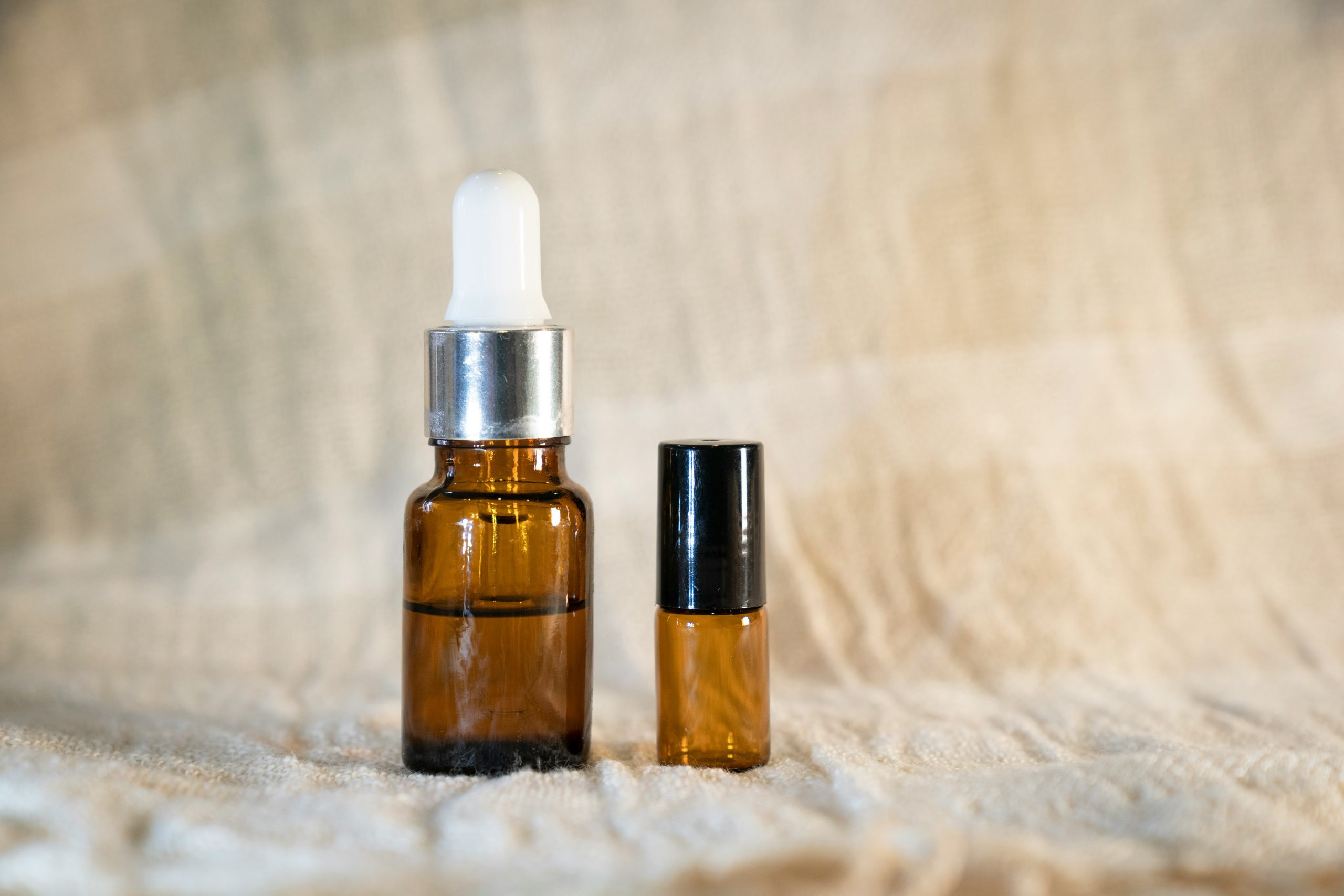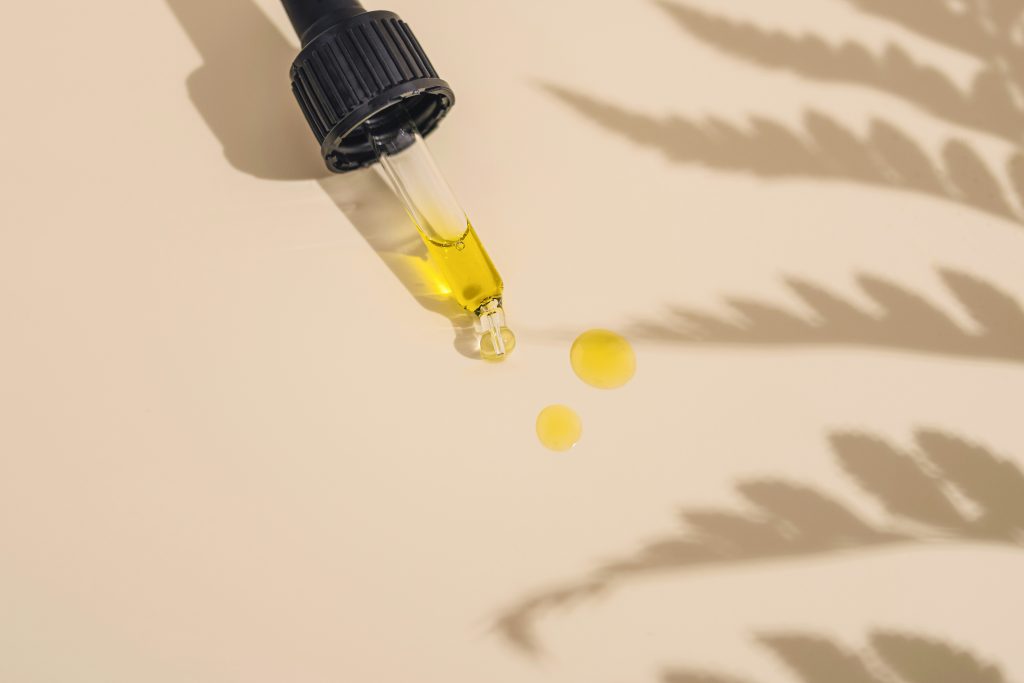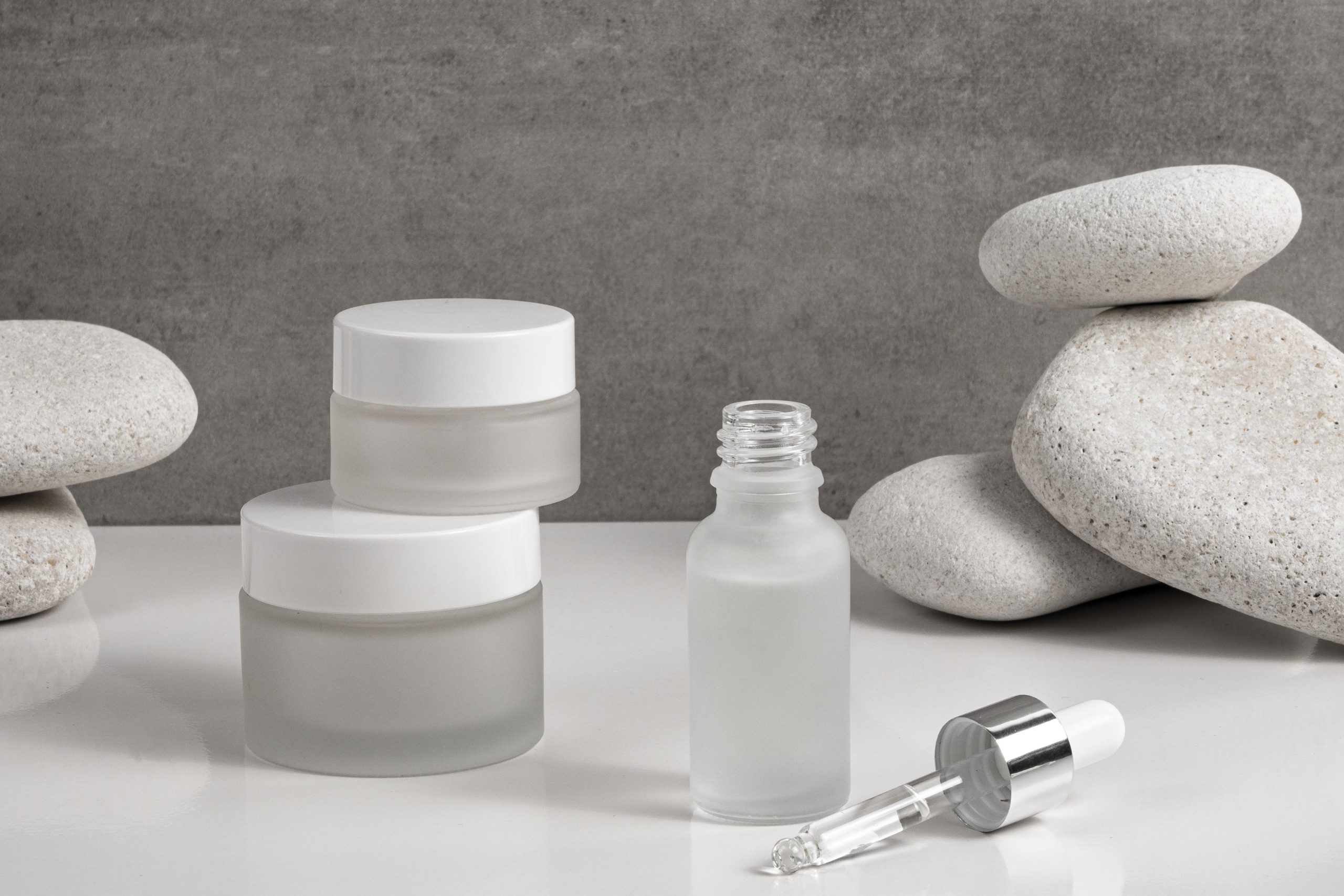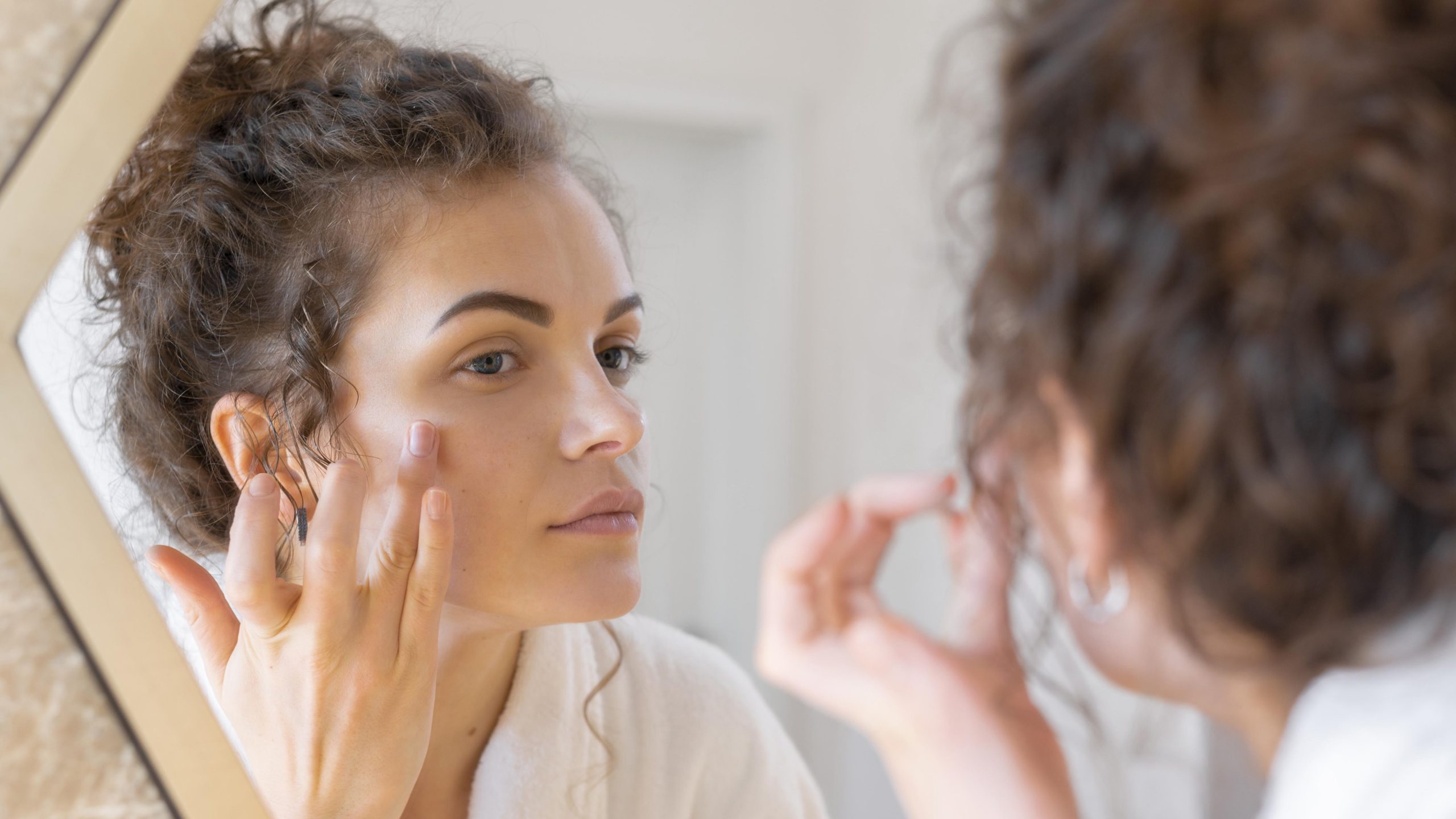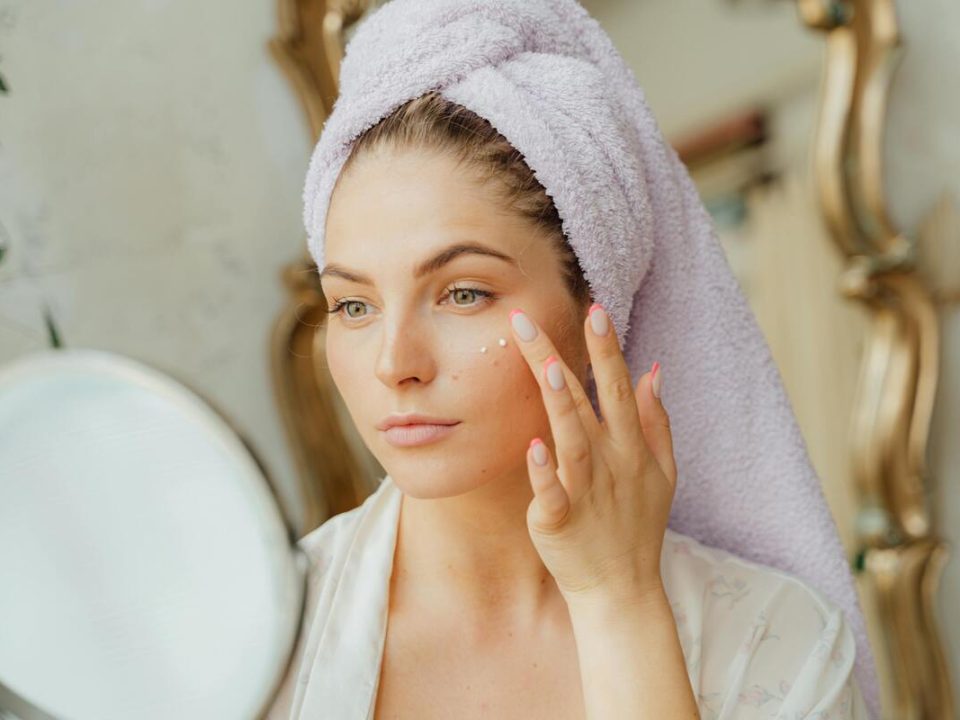
How To Correctly Use Lactic Acid?
May 9, 2024
Exploring Lactic Acid’s Role in Skin Care: What You Need to Know
May 9, 2024Looking to incorporate a new exfoliating product into your skincare routine? If you’re serious about addressing various complexion concerns, the benefits of exfoliation are simply too good to ignore. Lactic Acid and Glycolic Acid stand out as two of the most popular exfoliants, but what distinguishes one from the other?
In this detailed comparison of Lactic Acid vs. Glycolic Acid, we’ll delve into their key similarities and differences. You’ll also learn about the unique benefits each offers and gain insight into determining which one suits your skin best. Additionally, we’ll explore whether it’s safe to use these two acids together. Whether you’re new to exfoliation or seeking to enhance your skincare regimen, this guide has you covered.
Are Lactic Acid and Glycolic Acid Twins in Skincare?
Let’s start by exploring the common ground between Lactic and Glycolic Acid. Both are exfoliators, which means they help remove dead skin cells and promote the growth of new, healthy ones. This process is crucial for maintaining skin health and appearance.
As we age, our skin cell turnover rate naturally slows down. This can lead to issues like dullness, dryness, breakouts, and signs of aging. However, regular exfoliation can help accelerate this process and keep your skin looking fresh and vibrant.
Both Lactic and Glycolic Acid belong to the Alpha Hydroxy Acid (AHA) family, making them similar from a chemical perspective. AHAs are water-soluble and have low molecular weights, allowing them to provide a range of benefits for your skin. They help to prime and revitalize the skin’s surface, resulting in a smoother, brighter complexion. Additionally, AHAs help your skin care products absorb more effectively and improve the application and appearance of makeup.
Whether you’re aiming to improve skin clarity, reduce fine lines, or achieve other skin goals, both Lactic and Glycolic Acid can support your skin’s tone, texture, and radiance. Incorporating these chemical exfoliants into your skincare routine can help you achieve healthier, more vibrant skin.
What is Lactic Acid?
Lactic Acid, known for its gentle nature, is a popular chemical exfoliant, especially suitable for those with sensitive skin. Derived from plants and milk, this mild acid effectively exfoliates by breaking down the bonds between dead skin cells, revealing a smoother, more radiant complexion. Even individuals with sensitive skin conditions can benefit from exfoliation, provided it’s done safely and gradually, using the right product.
One of the key advantages of Lactic Acid is its antioxidant properties, which help combat free radical damage, a major contributor to premature aging. Additionally, it offers skin barrier protection, locking in moisture and enhancing the skin’s overall hydration. Its exfoliating properties also help smooth the skin’s texture, reducing the appearance of fine lines and wrinkles. Furthermore, it aids in reducing discoloration, including issues like photoaging and melasma.
When considering incorporating Lactic Acid into your skincare routine, it’s important to approach it with caution, particularly if you have sensitive skin. Start by patch testing the product to ensure it doesn’t cause any adverse reactions. Additionally, consider consulting with a dermatologist or skincare professional to determine the best approach for your skin type and concerns.
What Is Glycolic Acid?
Glycolic Acid is a powerful chemical exfoliant known for its ability to deeply penetrate the skin, thanks to its smaller molecular size compared to Lactic Acid. This penetration enables it to effectively exfoliate the skin, removing dead cells and preventing pore congestion, which in turn reduces the likelihood of acne breakouts.
One of the key advantages of Glycolic Acid over Lactic Acid is its ability to promote cell turnover, resulting in improved skin tone and texture. This process can also help reduce the appearance of acne scars and hyperpigmentation, giving the skin a smoother and more even complexion.
Beyond its exfoliating properties, Glycolic Acid offers a range of benefits for the skin. It helps to increase skin elasticity, making it appear more bouncy and youthful. Additionally, it promotes skin clarity, reducing discoloration from conditions such as melasma, hyperpigmentation, and photoaging.
In summary, Glycolic Acid is a versatile skincare ingredient that can help you achieve smoother, clearer, and more radiant skin. Incorporating it into your skincare routine can lead to a plumper, more hydrated complexion with improved overall skin health.
Explore the Unique Qualities of Lactic Acid and Glycolic Acid
Undecided between Lactic Acid and Glycolic Acid? Get the lowdown on these chemical exfoliants to choose the best one for your skincare needs!
Discoloration
Both Lactic Acid and Glycolic Acid are powerhouse ingredients with clinically proven benefits for addressing discoloration issues such as sun spots, dark spots, hyperpigmentation, and melasma. Lactic Acid is particularly effective in mitigating the effects of photoaging, while Glycolic Acid also demonstrates its effectiveness in combating photoaging and other causes of unwanted pigmentation.
When comparing Lactic Acid vs. Glycolic Acid for discoloration, both of these alpha hydroxy acids (AHAs) emerge as winners. They both work to promote a brighter, more even skin tone, and effectively fade away spots and discolored patches. Incorporating either of these acids into your skincare routine can help you achieve a more radiant and even complexion.
Breakouts
While BHA exfoliants are renowned for their effectiveness in combating non-cystic acne, there are other exfoliators worth considering for clearer skin. Research indicates that Glycolic Acid is a valuable addition to your skincare regimen for clarifying skin. This powerful ingredient not only helps in reducing breakouts by combating P. acnes bacteria but also addresses discoloration, making it an ideal choice for those dealing with post-acne dark spots. Incorporating Glycolic Acid into your routine can help maintain a clearer, more even complexion.
Fine Lines
Fine lines and wrinkles are common signs of accelerated aging that many people want to minimize. Fortunately, AHAs like Lactic Acid and Glycolic Acid can help address these concerns effectively.
Lactic Acid, one of the AHAs, is known for its ability to enhance the firmness and thickness of both the epidermis and dermis. This leads to smoother skin texture and reduces the appearance of fine lines and wrinkles.
On the other hand, Glycolic Acid, when applied regularly, can stimulate collagen production. Collagen, which naturally decreases with stress and age, is crucial for maintaining skin elasticity and firmness. By promoting collagen production, Glycolic Acid helps in achieving firmer, rejuvenated, and more supple skin over time.
Hydration
When applied regularly, Glycolic Acid can effectively boost the skin’s natural Hyaluronic Acid (HA) levels. Hyaluronic Acid is renowned for its hydrating properties and is found in many skincare products. However, it’s also naturally present in the skin, helping to maintain moisture and elasticity. Therefore, if your skin is feeling dehydrated and lacks firmness, Glycolic Acid can step in to deeply hydrate and revitalize, restoring its natural bounce and resilience.
Moisture
Hydration and moisture are often confused, but they serve different purposes for your skin. Dehydrated skin lacks water, while dry skin lacks oil. Both hydration and moisture are vital for a healthy complexion. Lactic Acid, as a natural moisturizing factor (NMF), plays a crucial role in maintaining moisture and supporting your skin barrier’s integrity. By incorporating products containing Lactic Acid into your skincare routine, you can help ensure your skin stays hydrated and healthy.
Mixing Lactic and Glycolic Acid: Is It Safe for Your Skin?
Certainly! When it comes to combining Lactic and Glycolic Acid in your skincare routine, the answer is a resounding yes. While everyone’s skin is unique and may respond differently to various products, combining these two acids is generally safe and effective. Your skin condition can also vary from day to day, influenced by factors like the season, climate, hydration levels, and diet.
To maximize the benefits of both acids, it’s advisable to use a single product that contains both ingredients. This approach is preferable to mixing different exfoliating products, which could increase the likelihood of skin irritation. Remember, the goal is to enhance your skin, not overload it with actives that might compromise its natural barrier. Combining Lactic and Glycolic Acid can be a powerful way to achieve smoother, more radiant skin with fewer risks of adverse reactions.
When it comes to the effectiveness and safety of Lactic and Glycolic acids, combining them in a well-formulated topical product can yield great results. However, incorporating exfoliants into your skincare routine requires some guidelines to ensure optimal benefits:
- Start Slowly: Begin with a once-weekly application and gradually increase to three times per week to allow your skin to adjust to the exfoliation process.
- Timing Matters: Since chemical exfoliants can increase sensitivity to the sun, it’s best to use them in your nighttime skincare routine. Additionally, applying a mineral sunscreen with at least SPF 30 every morning and periodically throughout the day is crucial to protect your skin from harmful UV rays.
- Avoid Mixing with Other Actives: To prevent potential irritation, it’s advisable not to combine exfoliants with other active ingredients like Vitamin C, Retinol, or Benzoyl Peroxide in the same routine. Instead, consider using Vitamin C during the day and save your Retinol, Rx Retinoid, or Benzoyl Peroxide for non-exfoliating nights.
By following these guidelines, you can maximize the benefits of Lactic and Glycolic acids in your skincare routine while keeping your skin healthy and protected.
Which Option Suits You Best?
When comparing Lactic Acid and Glycolic Acid, it’s clear that they have more similarities than differences. Both are AHAs with comparable properties. However, Lactic Acid may be more suitable for individuals with dry or sensitive skin due to its larger molecular size, natural moisturizing properties, and ability to strengthen and protect the skin barrier. On the other hand, Glycolic Acid might be a better choice for those with oily or acne-prone skin, thanks to its antibacterial properties.
If you’re finding it challenging to choose between Lactic Acid and Glycolic Acid, especially if your skin is generally resilient, a great option is to use a topical skin care product that contains both. This powerful combination works together to enhance your skin’s texture, giving you a smoother, more radiant complexion. Additionally, you won’t have to worry about prioritizing your skin concerns or waiting to see results from one acid over the other. By consistently using these exfoliating heroes, you can expect your skin to look and feel significantly healthier and happier in a short period.

